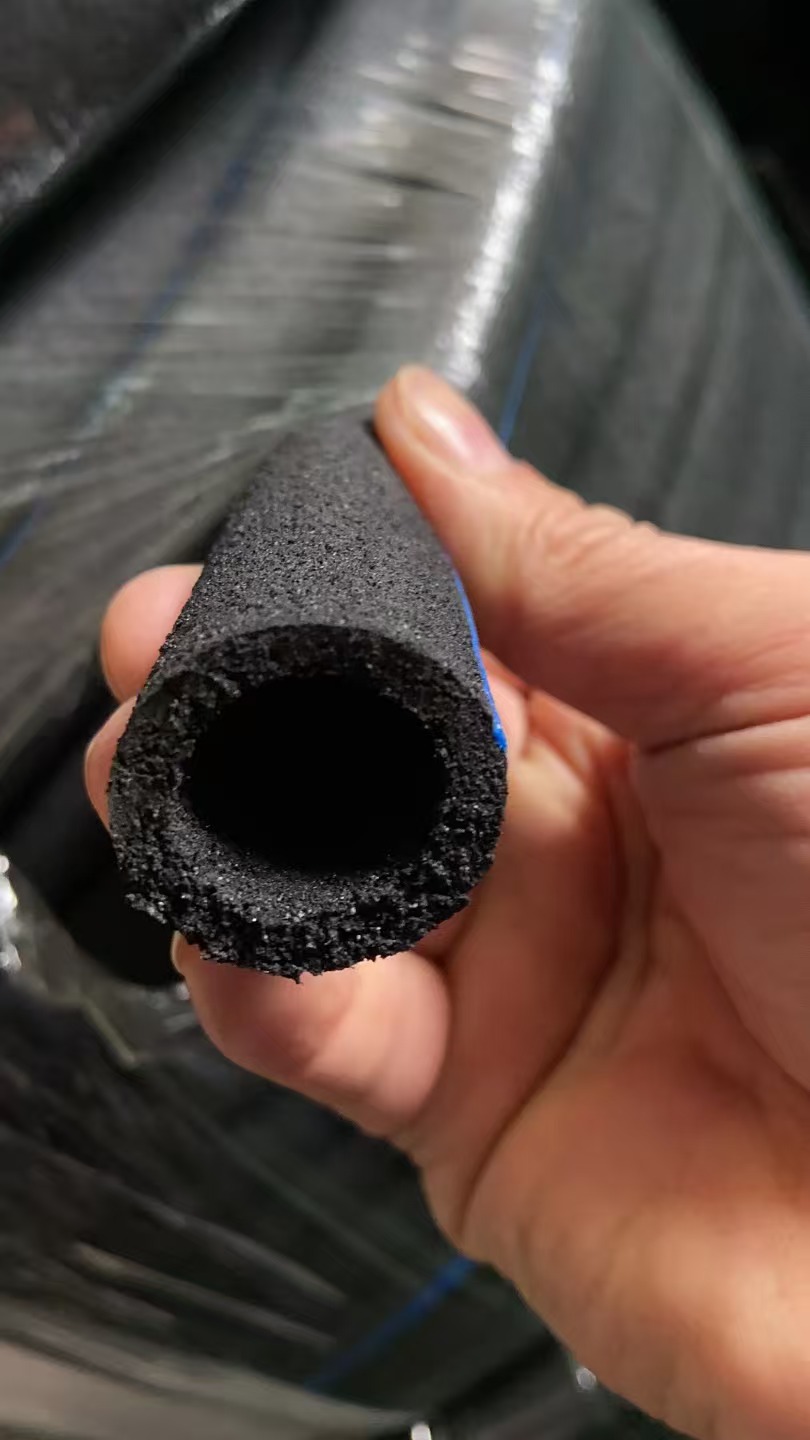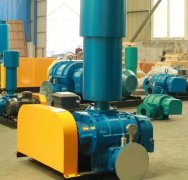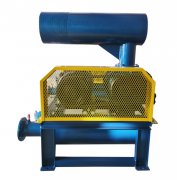The use of microporous aeration tubes in aquaculture has many advantages. The following is a detailed analysis:
1、 Good oxygenation effect
Micro porous aeration tubes can generate a large number of tiny bubbles, which rise slowly in water, allowing more time for oxygen to come into contact with the water, thereby increasing the solubility of oxygen in water. Compared with traditional oxygenation methods, microporous aeration can significantly increase the dissolved oxygen content of water, especially in rainy days or high-density aquaculture conditions. Micropore aeration can quickly solve the problem of fish and shrimp hypoxia and floating head, providing sufficient oxygen supply for aquatic organisms.
2、 Energy saving and low noise
The oxygen transfer efficiency of microporous aeration tubes enables a rapid increase in dissolved oxygen per unit of water, while also reducing energy consumption. Compared to the water wheel or impeller oxygenation method, the energy consumption of microporous aeration is less than a quarter, which can greatly save the electricity cost of farmers. In addition, the micro porous aeration tube produces less noise during operation and does not interfere with the normal activities of aquatic organisms, providing a quiet and comfortable environment for aquaculture.
3、 Strong adaptability
Micro porous aeration tubes are usually made of polymer materials such as PVC plastic, rubber hoses, or nanomaterials, which have good corrosion resistance and durability, and can adapt to various water bodies and terrains. At the same time, the installation methods of microporous aeration tubes are flexible and diverse, and can be directly laid at the bottom of the pond or suspended at the bottom of the net cage to meet the needs of different aquaculture environments.
4、 Improving water quality
During the operation of the microporous aeration tube, the upward movement and flow of microbubbles can cause the rotation and upward convection of water flow, bringing harmful gases from the bottom out of the water surface and accelerating the oxidation of ammonia, nitrogen, nitrite, and hydrogen sulfide at the bottom of the pond, thereby improving the water quality conditions of the pond. Meanwhile, sufficient dissolved oxygen can inhibit the growth of harmful microorganisms at the bottom, reduce the occurrence of diseases, and improve the self purification ability of water bodies.
5、 Improve feed utilization efficiency
Adequate dissolved oxygen can accelerate the digestion and absorption process of aquatic organisms, thereby improving the utilization rate of feed. This is of great significance for reducing breeding costs and improving economic benefits. Meanwhile, good water quality conditions also contribute to the growth and reproduction of aquatic organisms, further improving the yield and quality of aquaculture.
6、 Easy to maintain and manage
The installation and maintenance of microporous aeration tubes are relatively simple and convenient. During use, it is only necessary to regularly clean and maintain the aeration tube to ensure its normal operation. At the same time, the structural design of the microporous aeration tube is reasonable and not easily clogged, reducing maintenance costs and management difficulties.
In summary, the use of microporous aeration tubes in aquaculture has many advantages such as good oxygenation effect, energy saving and low noise, strong adaptability, improved water quality, increased feed utilization rate, and easy maintenance and management. These advantages make microporous aeration tubes one of the important equipment in modern aquaculture, providing strong support for the sustainable development of the aquaculture industry.



